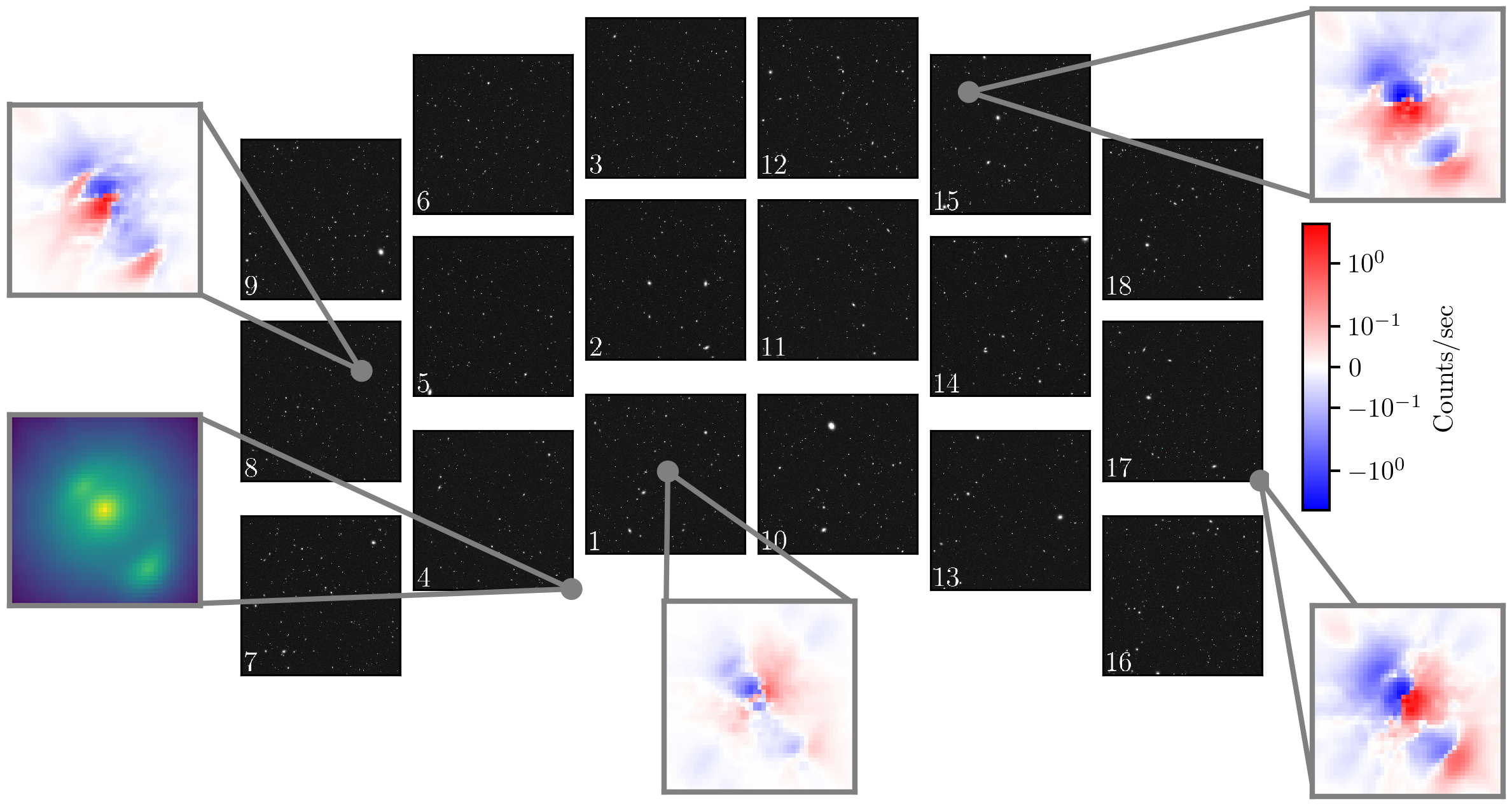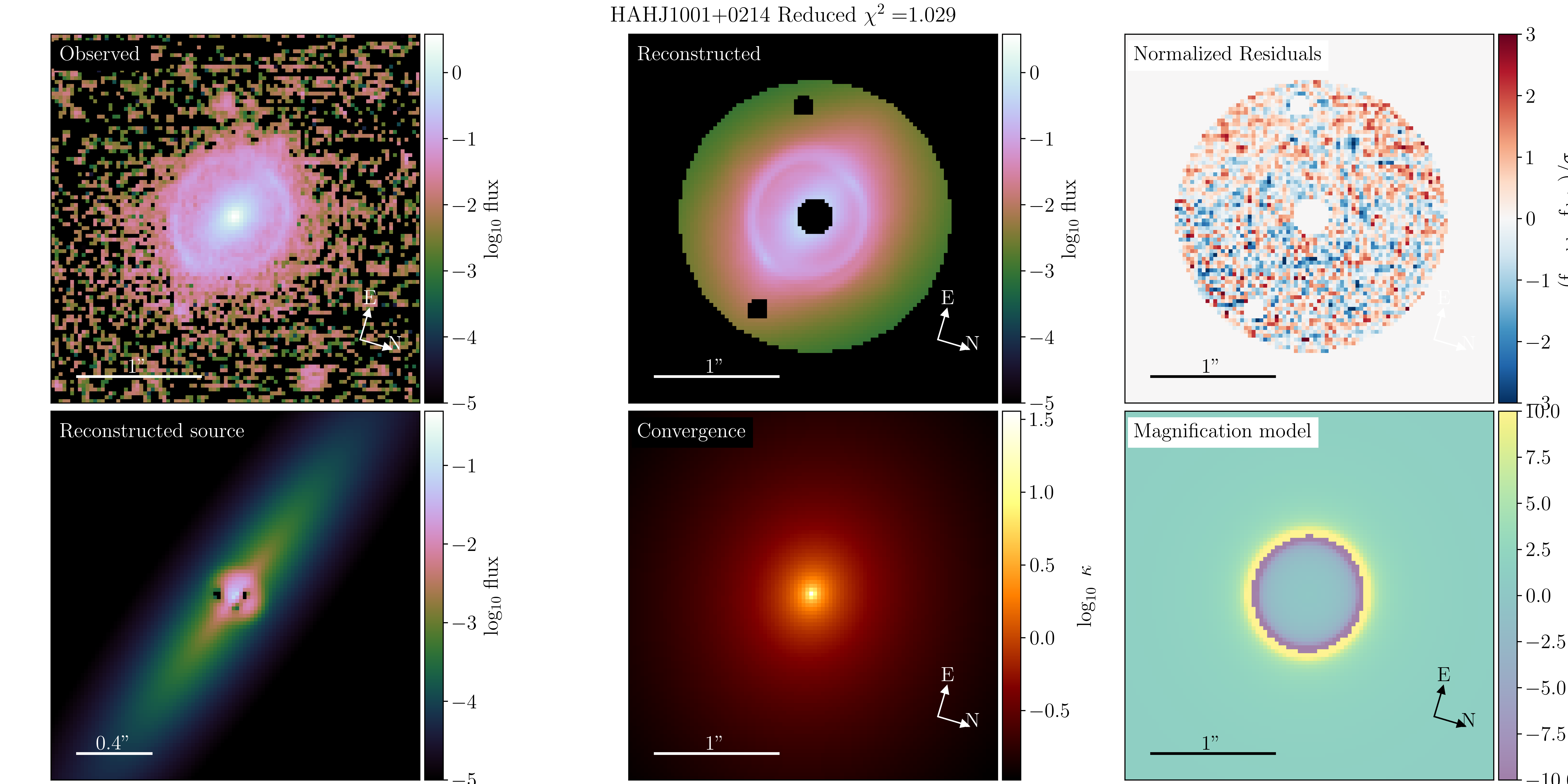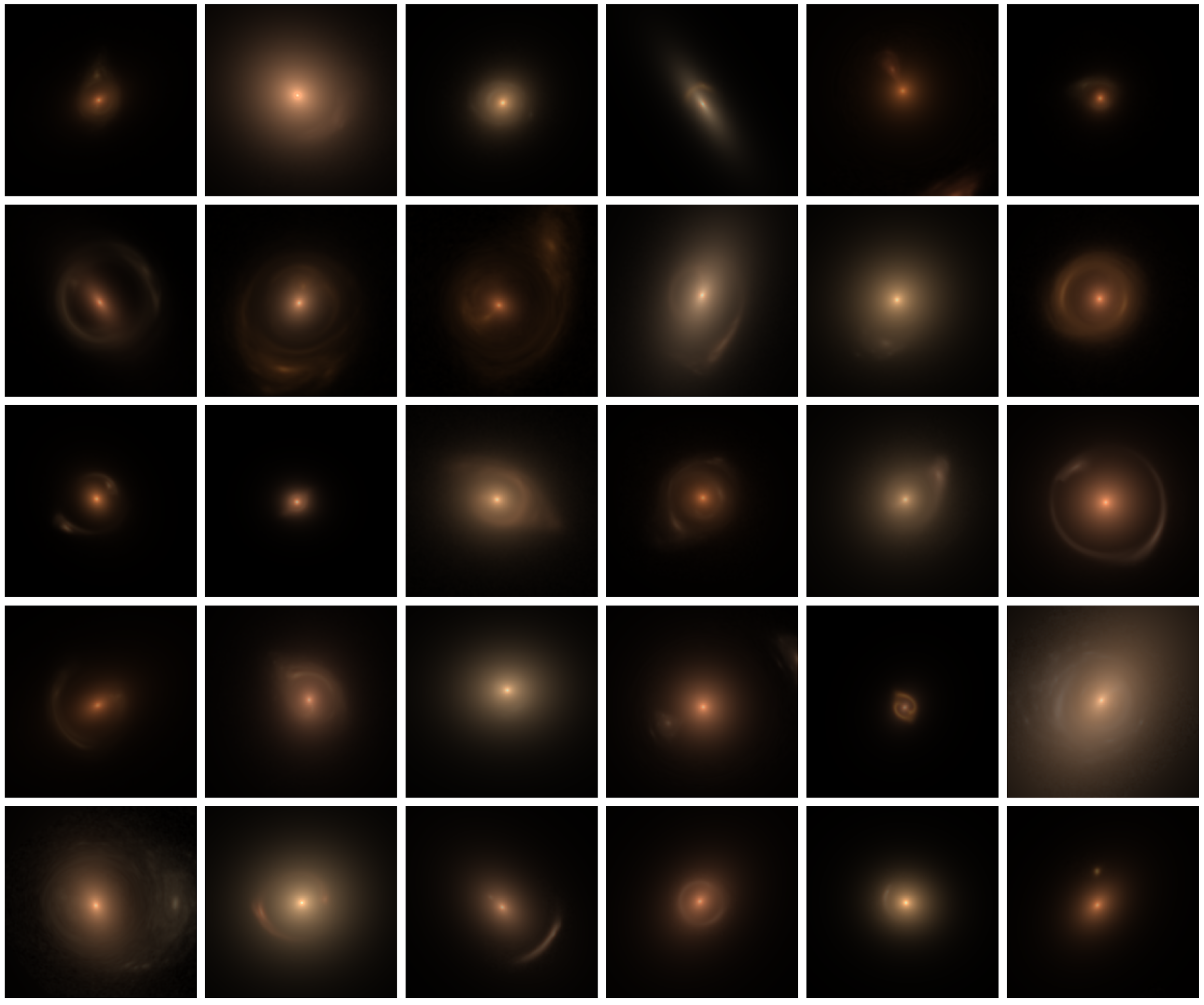Bryce Wedig
PhD Candidate in Physics at Washington University in St. Louis
About Me
I’m a PhD candidate in physics at Washington University in St. Louis. I work with Professor Tansu Daylan on observational cosmology. I'm interested in what galaxy-scale strong gravitational lenses can tell us about the nature of dark matter.
I completed an MPhil in History and Philosophy of Science and Medicine at the University of Cambridge where I specialized in the philosophy of physics. Before Cambridge, I completed a BA at Kenyon College with a double major in physics and philosophy. I also spent a year as a visiting student at the University of Oxford studying physics and philosophy of physics.
Here are my CV, GitHub profile, ORCID, and LinkedIn.

Research
The Roman View of Strong Gravitational Lenses
The Nancy Grace Roman Space Telescope, scheduled for launch in late 2026, will play a transformative role in strong lensing science with its planned wide-field surveys. With its remarkable 0.281 square degree field of view and diffraction-limited angular resolution of ~0.1 arcsec, Roman is uniquely suited to characterizing dark matter substructure from a robust population of strong lenses.

As a member of the Roman Strong Lensing Wide Field Science team, I am working to prepare for the analysis of Roman's galaxy-scale strong lenses, with a particular focus on constraining the nature of dark matter at sub-galactic scales.
- Wedig et al 2025 ApJ 986 42
- Developer of mejiro: a pipeline to simulate space telescope images of galaxy-galaxy strong gravitational lenses
- Co-organizer of the Roman Strong Lens Data Challenge
Maximizing JWST and Roman Dark Matter Science with Strong Gravitational Lensing
I won a NASA Future Investigators in NASA Earth and Space Science and Technology (FINESST) award in 2023 with my PI, Professor Tansu Daylan, to study what observations with the James Webb Space Telescope and the Nancy Grace Roman Space Telescope can tell us about dark matter at sub-galactic scales.

Forecasting Dark Matter Substructure Detections with NASA's Habitable Worlds Observatory
The Habitable Worlds Observatory ("HWO") is NASA's next flagship mission expected to launch in the early 2040s, and the top priority of the 2020 Decadal Survey by the National Academies. While its primary mission is to search for signs of life on nearby exoplanets, it will be the most sensitive instrument ever created for detecting dark matter clumps.

I am working on a paper forecasting the constraints on dark matter we could expect with high-SNR observations from HWO.
Searching for Strong Lenses in LSST with Convolutional Neural Networks
The Legacy Survey of Space and Time (LSST), conducted by the Rubin Observatory, will provide an unprecedented dataset for discovering strong gravitational lenses with its wide-field imaging capabilities and deep observations.

I mentored an undergraduate student in the LSST Strong Lens Data Challenge which took place in fall 2025. We developed a convolutional neural network that scored 98.1/100.
Press
- 2025-11-20: WashU Physics: "Celebrating student research at the 7th annual Washington University Physics Research Symposium"
- 2025-11-12: WashU Physics: "Physics students present at Fall 2025 Undergraduate Research Symposium"
-
2025-06-12: NASA/STScI press release: "NASA's Roman to Peer Into Cosmic 'Lenses' to Better Define Dark Matter" (NASA | STScI)
- WashU The Source magazine: "Cosmic 'lenses' will better define dark matter"
- Yale News: "Study: Roman Telescope may be transformative in better defining dark matter"
- Phys.org: "NASA's Roman to peer into cosmic 'lenses' to better define dark matter"
- Space Daily: "Cosmic magnifying effect to unlock dark matter mysteries with Roman telescope"
- Earth.com: "NASA's Roman telescope hopes to solve the dark matter mystery"
- Dailygalaxy.com: "NASA's New Telescope to Reveal Dark Matter Using Cosmic Lenses and Gravitational Forces"
- Universe Today: "The Universe is Filled With Natural Telescope Lenses. Roman Will Use Them to Study Dark Matter"
- The American Bazaar: "NASA's Roman telescope to peer deeper into the universe"
- 2025-06-03: Astrobites article: "The Surprising Discovery of a Distant, Nearly Perfect Syzygy"
- 2025-05-19: WashU Arts & Sciences Ampersand magazine: "Speaking science to power"
- 2025-05-16: WashU Physics: "Touching the Moon and Mars, right here in St. Louis!"
- 2024-11-21: WashU Physics: "WashU Physics Research Symposium (WUPRS) celebrates sixth year of collaboration and innovation"